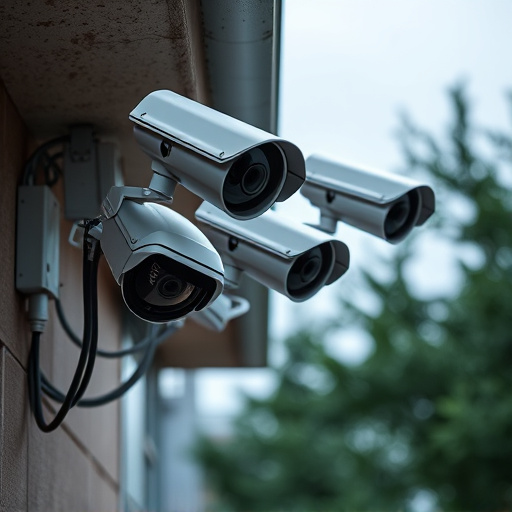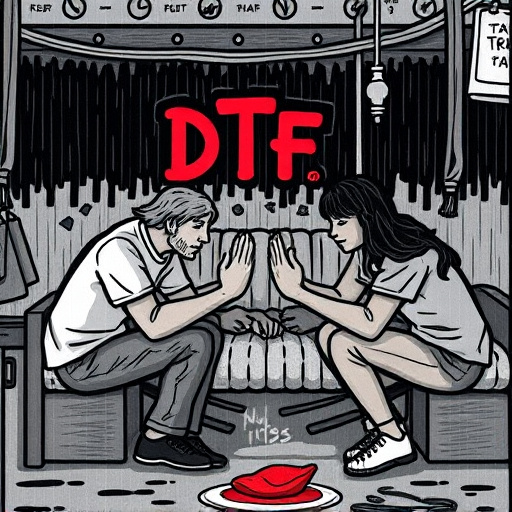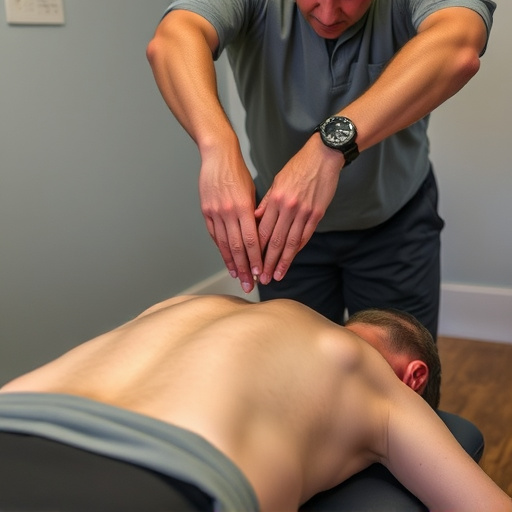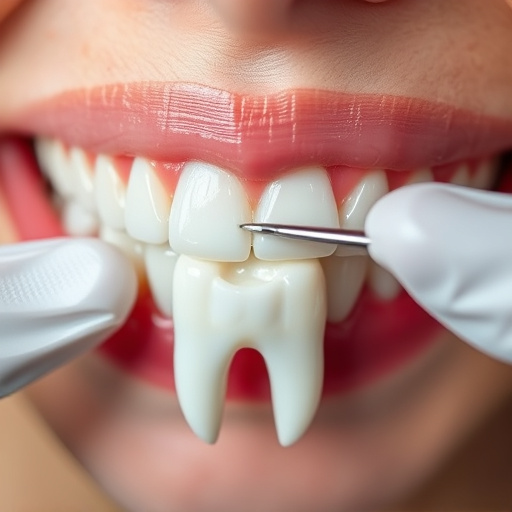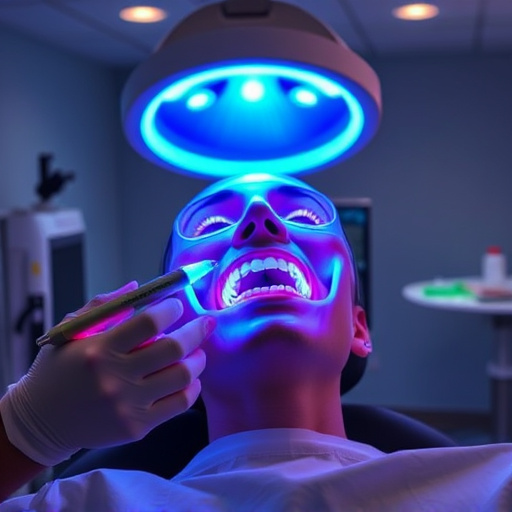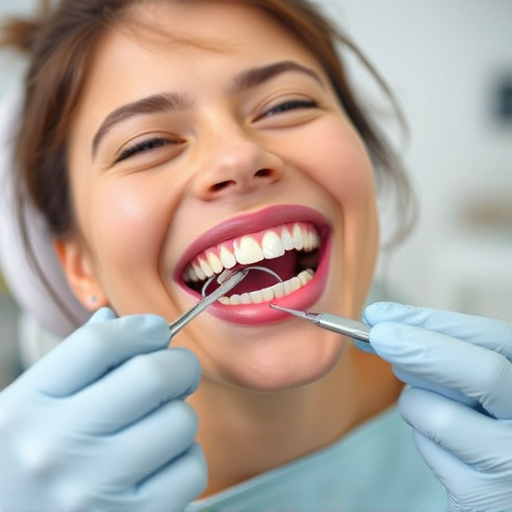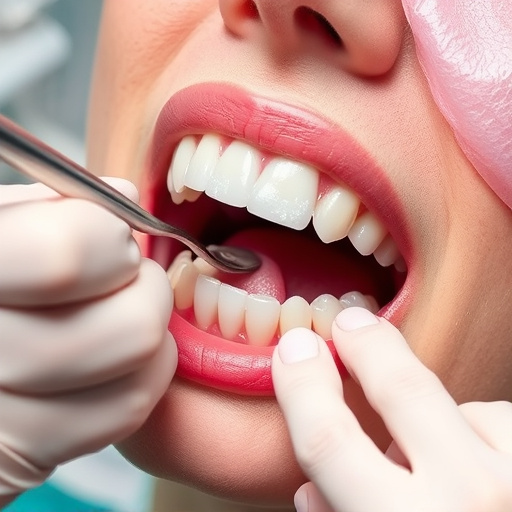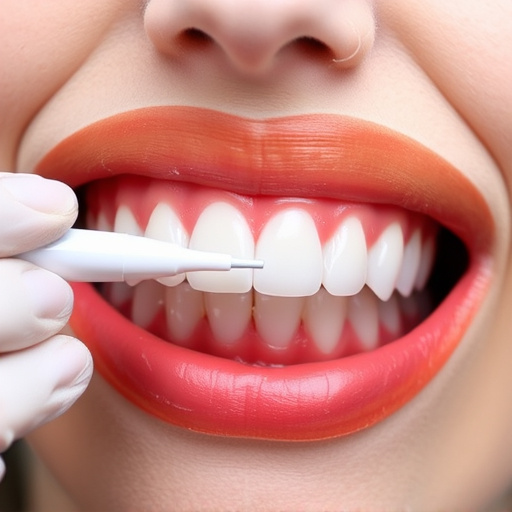Low-income communities face challenges accessing affordable dental care, leading to oral health disparities and preventable conditions. Governments globally are implementing initiatives like subsidies, grants, and partnerships with private practices to provide discounted general dentistry services. Community Health Centers play a vital role by offering comprehensive, reduced-cost treatments, breaking down financial barriers to good oral health integral to overall well-being.
Many low-income communities face significant challenges accessing affordable dental care, leading to a growing oral health gap. This article explores strategies to bridge this gap, focusing on understanding the disparities, leveraging government initiatives, and highlighting community health centers as essential hubs for accessible, affordable dental services. By examining these key areas, we aim to illuminate paths towards improved oral health equity for all.
- Understanding the Dental Care Gap in Low-Income Communities
- Exploring Government Initiatives for Affordable Dental Services
- Community Health Centers: A Hub for Accessible Dental Care
Understanding the Dental Care Gap in Low-Income Communities
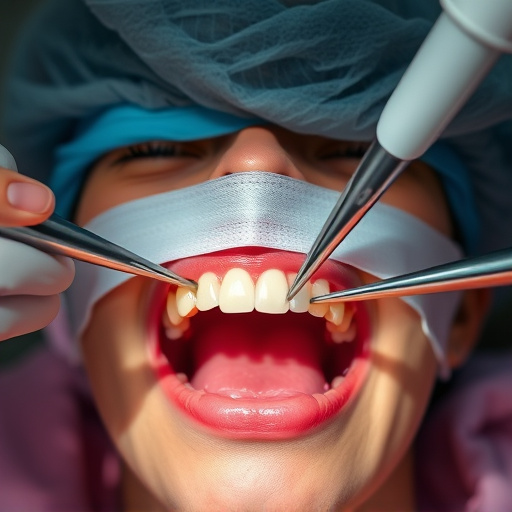
Many low-income communities face a significant challenge when it comes to accessing affordable dental care. The gap in oral health services is stark, with limited resources and few dental professionals available to serve these populations. This disparity often results in delayed or lacked dental treatment, leading to preventable issues such as tooth decay, gum disease, and even more complex procedures like wisdom tooth removal.
The need for affordable dental care goes beyond basic hygiene; it impacts overall health and quality of life. General dentistry plays a crucial role in maintaining oral health, while cosmetic dentistry can boost confidence. However, these services are often out of reach for those with limited financial means, leaving them to grapple with the consequences of untreated dental problems.
Exploring Government Initiatives for Affordable Dental Services
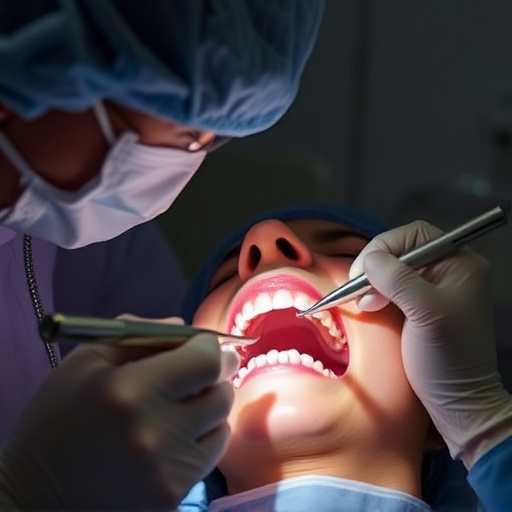
Many countries have recognized the importance of accessible and affordable dental care for all citizens. Government initiatives play a pivotal role in ensuring that low-income individuals can receive necessary oral health services without facing financial barriers. These programs often include subsidies, grants, and partnerships with private dental practices to offer discounted or free general dentistry services to those who cannot afford them.
Emergency dental care is another critical aspect addressed by these initiatives. Special funds are allocated to provide urgent treatment for dental emergencies, such as toothaches, abscesses, or oral injuries, without the burden of immediate out-of-pocket expenses. Additionally, some government schemes promote preventive care, including regular check-ups and clear aligner treatments, making advanced cosmetic dentistry options more accessible to a broader population.
Community Health Centers: A Hub for Accessible Dental Care
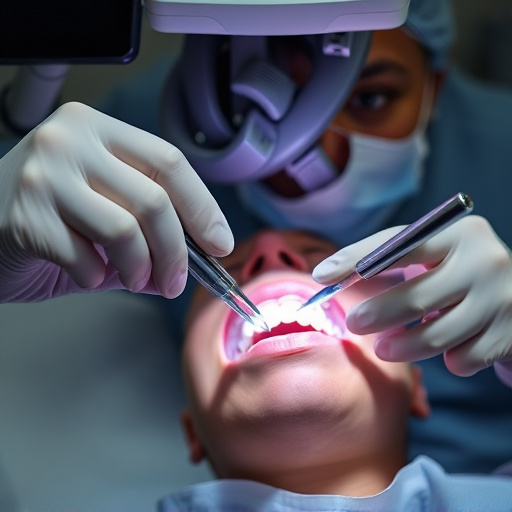
Community Health Centers play a pivotal role in making affordable dental care accessible to low-income families. These centers serve as hubs for essential oral health services, offering a range of treatments from basic teeth cleaning and check-ups to specialized procedures like children’s dentistry and dental fillings. With their focus on community well-being, these centers ensure that financial constraints don’t become a barrier to maintaining good oral health.
By providing services at reduced costs or even on a sliding scale based on income, Community Health Centers make it possible for individuals and families to access crucial dental care when they might otherwise go without. This not only prevents the onset of dental issues but also promotes overall health and well-being, recognizing that oral health is intrinsically linked to systemic health.
Low-income communities face significant challenges in accessing affordable dental care, but there are promising initiatives and resources available. By leveraging government programs, community health centers, and targeted efforts, we can bridge the gap and ensure everyone has access to essential oral healthcare. These strategies not only improve individual health but also foster stronger, healthier communities overall.

